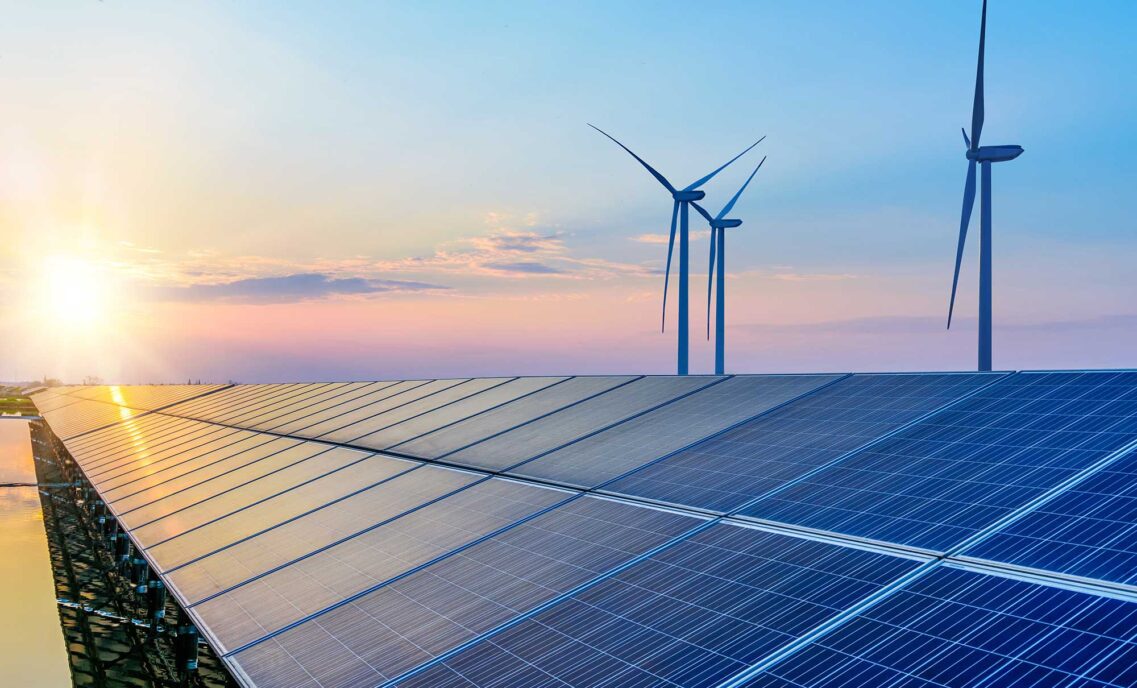On September 9, it was as if the sun never rose in San Francisco.
Throughout the day, the sky stayed dark, hazy and tinted orange, a side effect of the wildfires raging across California and the American west. In addition to recasting our company’s hometown in an ominous light, it also carried a message we all must heed – not just during Climate Week, but every day going forward – about the urgent need for immediate, comprehensive action on climate change.
For the fourth year in a row, California is experiencing record-setting wildfires, part of a fire season that began months earlier than usual and has already burned more than 3.5 million acres. I know that all of our employees in the state have been impacted in one way or another, from being forced to navigate even more isolation and uncertainty to worrying about family, friends, and property. The same goes for our employees in Oregon, where fires have burned more than one million acres and displaced 500,000 people. With Washington, Idaho, and Colorado facing similar challenges, communities across the west are at risk, as hotter, drier climates lead to longer, more intense fire seasons. Even the air we breathe has become a threat, at a time when we’ve learned that air pollution can increase the severity of COVID-19.
Climate change is having profound impacts far beyond any one region, however. In the southeastern U.S. and the Caribbean, warmer surface water temperatures and rising sea levels are leading to annual recurrences of “once in a century” tropical storms. We‘re seeing more frequent and severe flooding in Southeast Asia, water shortages in South Africa, India and Mexico, and killer heat waves in places like Pakistan, Iraq, and Australia. Disadvantaged communities around the globe – and in this country, Black and Brown communities – are hit first and hardest, disproportionately exposed to pollution and the cumulative toll of environmental injustice. But it would be dangerously myopic to not see climate as everyone’s problem, and everyone’s responsibility. The brutal truth is that things will get much worse if we don’t dramatically change course. We must act now – collectively and at scale.
Business must be part of the solution. That starts with acknowledging the grave material and financial risk climate change poses – the supply chain disruptions, the water shortages, the transport issues, the impact on employees, consumers, and the lives of people in the communities where we operate.
More companies must set and act on science-based emissions reduction targets, then advocate publicly and consistently for science-based public policies that can facilitate a rapid and just transition to a decarbonized, clean energy economy.
As a company, we’re committed to doing our part. In 2018, Levi Strauss & Co. set aggressive science-based targets to reduce emissions in our owned-and-operated facilities by 90%, shift to 100% renewable electricity in those facilities, and reduce emissions by 40% across our supply chain, all by 2025. These goals are consistent with limiting temperature rise to 1.5 degrees Celsius compared to pre-industrial levels. We have work to do to achieve these targets, but our commitments and collaborations are spurring progress. Renewable energy now accounts for 72% of purchases at our facilities – for example, just this month we switched on a new solar power array at our LEED-Platinum certified distribution center in Henderson, Nevada. We also work with the International Finance Corporation to help suppliers secure financing to invest in water and energy efficiency.
Additionally, our 2025 Water Action Strategy focuses on conservation in areas experiencing high water stress, to bring greater resilience to our operations and communities and watersheds in places where our products are made. Our factory in South Africa, for instance, worked with the city of Cape Town to complete a project enabling us to use only recycled water in manufacturing, preserving local freshwater supplies. Furthermore, by pioneering and scaling fiber technologies like cottonized hemp, we’re finding ways to use less water to make products. And on the policy front, we’ve advocated for legislation to mitigate the impacts of climate change for more than a decade, from carbon pricing to renewable energy standards to the inclusion of clean energy and infrastructure investments in economic stimulus plans. (For a full account of our climate and water programs, see our 2019 Sustainability Review.)
Thankfully, our list of allies is growing. Last summer, we were one of 28 companies in the world committed to 1.5-degree C-aligned emissions targets; now, nearly 300 have joined us. We were among the first wave of companies to join the We Are Still In movement, pledging ongoing support for the Paris Agreement; nearly 4,000 have now signed on. Earlier this year, we were one of more than 330 companies to send representatives to lobby the U.S. Congress for carbon pricing measures, up from 75 the year before.
But to truly confront the existential threat climate change poses, we need policymakers and corporate leaders to implement comprehensive climate and energy policy solutions. At this point, failure to do so amounts to willfully perpetuating the problem.
Through the smoke and storms, it can be easy to lose sight of the opportunity we have to protect our communities, our air, our water, and our children’s future; to protect businesses, financial markets and workers; to future-proof supply chains and create good, family-sustaining jobs; to support communities that have been forced to bear the brunt of extreme weather and establish our industries as leaders, not laggards, in this effort.
There is no understating the scale or urgency of the challenge we face, but we must rise to the challenge. Isn’t our future – a future where we know the sun will rise – worth it?







